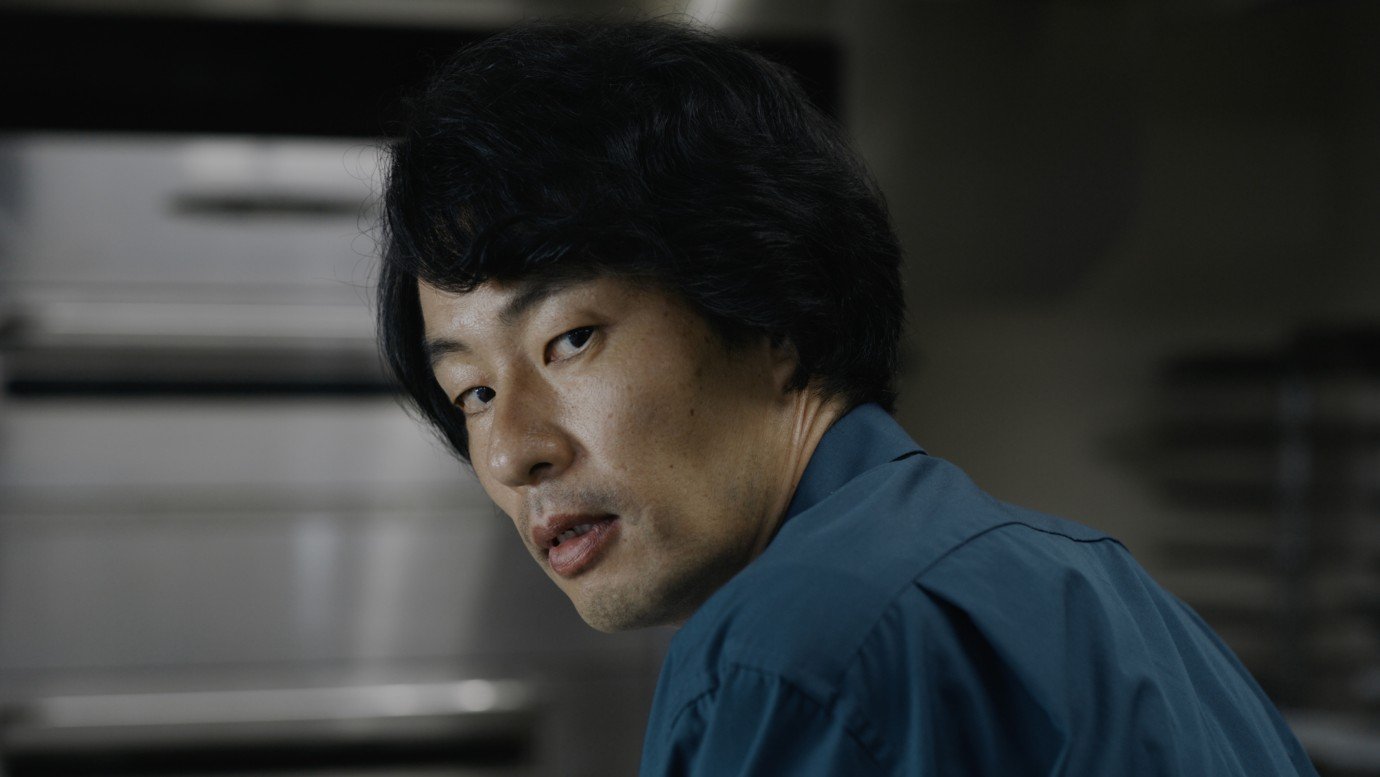Review: Sinners (2025)
With Sinners, Ryan Coogler makes his bid to be numbered among the few American directors today who make big event movies not based on established IP and promoted through star power and, above all, the director’s own brand. Tarantino. Nolan. Jordan Peele. Ryan Coogler built a name for himself with his first indie feature, 2013’s Fruitvale Station, then rebooted the Rocky series with 2015’s Creed, and then followed that up with the Afrofuturist superhero smash hit, 2018’s Black Panther, and the sequel, 2022’s Black Panther: Wakanda Forever. (Looking back, Black Panther is one of the few MCU films that has genuine artistic merit.) Coogler has already earned enormous box office receipts as well as critical admiration, but Sinners asks us to come see his new movie because, in part, it’s Ryan Coogler’s new movie.
That doesn’t mean that Coogler is the only attraction. Giving the audience not one but two Michael B. Jordan’s on screen is also no small part of the film’s appeal and success. Like Nolan, Coogler has, over several productions, assembled a strong team of collaborators around him. Jordan always had star potential, all the way back in his breakout role as Wallace in Season 1 of The Wire. Coogler’s Creed, in which Jordan plays Adonis, the son of Apollo Creed, made him a leading man. In Sinners, Coogler challenges Jordan with the task of playing two leading roles: the gangster identical twins, Smoke and Stack. It’s the kind of conceit that requires the director and his star to intensely rely on each other to achieve the performance. In Sinners, it works. We get two believable, distinct characters, achieved through Coogler’s management of the technical aspects as well as Jordan’s charisma and acting chops.
Sinners is set in 1932 in and around Clarksdale, in the Mississippi Delta region, the home of the blues. We learn that Jordan’s Smoke and Stack left home to fight in World War I, then became gangsters in Chicago. One Saturday, after many years' absence, the twins return to Clarksdale with a truck full of booze and a bag full of cash, and they buy an old sawmill from a landowner (David Maldonado), who might still be a Klansman. Smoke and Stack plan to turn the mill into a juke joint, and the idea is to have the grand opening that very night, if they can get all the pieces together that day.
The twins recruit Grace (Li Jun Li) and Bo (Yao), the local Chinese grocers, to supply the food, and they get a formidable old pal, Cornbread (Omar Miller), to work as the bouncer. Most importantly, they need music though, and so they recruit Delta Slim (Delroy Lindo), who's an old drunk but a genius on the piano, as well as the preacher’s son, their cousin, Sammie “Preacher Boy” Moore (Miles Caton), to play the blues on the guitar they had lent him many years ago. Sammie has become a talented musician who dreams of leaving town and making it big, but he spends most of his days picking cotton in the fields and assisting his preacher dad (Saul Williams) at church. The lovers the twins left behind—Hailee Steinfeld’s Mary and Wunmi Mosaku’s Annie—as well as a potential new lover for Sammie (Jayme Lawsin), add some heat, making Sinners a potent narrative concoction of planning, schemes, and crimes, reunions and old wounds, passions and sex, and above all, powerful music.
However, at the same time as the twins try to get their juke joint ready, a strange Irishman with red eyes (Jack O’Connell), who is being hunted by a band of Native Americans, shows up at the door of some white farmers, asking to be invited in. Something supernatural and sinister is teased, and eventually, during the big opening night at the juke joint, all these different plotlines will culminate and all hell will break loose in a frenzy of horror and action.
The most obvious reference point is Quentin Tarantino and Robert Rodriguez’s From Dusk Till Dawn (1996), with the intrusion of the supernatural into a tightly-wound crime tale focusing on a particular watering hole. I won’t say more in this review other than to confirm that Sinners does work and satisfy as a genre exercise, even if its peculiarities make bids towards prestige and originality.
While the film’s excesses remind me of the bravado of Tarantino’s works, the film also resembles Taratino’s approach to using pastiche as a means of worldbuilding. As Tarantino assembles in Once Upon a Time in Hollywood (2019) so much of what we mentally identify with Hollywood and Los Angeles of the late 1960s, so Coogler, who grew up in Oakland, California, assembles a film that draws on almost every image we might associate with the South in the Jim Crow era between the wars: we get sharecroppers; gorgeous shots of the long rows of cotton in the fields; a preacher in a little whitewashed church; a chain gang chanting in the ditch along a dirt road; Christianity and hoodoo; Klansmen; dusty main streets of town; heat and sweat and cold drinks and the full moon at night. And the blues, of course.
Coogler has worked with composer Ludwig Göransson on all his prior projects, and Göransson brings all the musical elements together into a heady, propulsive rhythm underpinned by the rumbling sounds of a resonating guitar.
Miles Caton also shines as Sammie: his unusual voice has a strange power and his acting talent is strong for a first-timer. He holds his own alongside Jordan. (Legendary bluesman Buddy Guy will cameo as an old Sammie later in the film.)
The film opens with narration and animation explaining how certain people in different cultures across time have the power to bridge the divide between the past, present, and future through their music. This narrative thread culminates in a strange sequence at the juke joint, when Sammie’s abilities summon the spirits of the past and future in an entrancing combination of different musical traditions, from African chants, to Celtic rhythms, to hip hop. The sequence is definitely out there, will likely work for some and not for others, but I applaud Coogler for going for it.
While Sinners lacks the formal restraint, puzzle construction, and narrative opaqueness of Jordan Peele’s films, there are aspects that will surely invite allegorical speculation. Who are these white folks asking to be let into the black juke joint, asking the insiders to join their vision of equality that defies the hatred and divisions of the world as well as the older traditions? There is a lot to chew on here, as we consider the multitude of ingredients.
In Episode 3, “The Note,” of Seth Rogen and Evan Goldberg’s new Apple TV show, The Studio, Rogen’s studio exec tries to avoid giving a note to Ron Howard about how his great new thriller needs to cut the long, languid ending. Sinners has, to a lesser degree, a similar problem. What should be a killer last shot turns into the start of a bit more story. While I don’t think the endings appended to Sinners are mortal flaws, I do think there’s a shagginess to the narrative, kind of like a blues song that just keeps going on. Maybe that’s the whole point, and it certainly indicates Coogler’s affection for his characters, but it also shows the marks of a director getting to make what he wants, perhaps to his detriment at times.
My other, faint complaint is that Sinners was released in April. Yes, it has taken off at the box office these past two weekends, but it would have been a fun movie for a hot summer’s night out. However, I shouldn’t complain, as the movie is entertaining and successful enough that I plan to watch it again sometime.
Finally, in response to Coolger’s bid I began this review with, I think he succeeded, since I can confirm that I’m also looking forward to the next Ryan Coolger film, whatever it might be.
8 out of 10
Written and directed by Ryan Coolger; starring Michael B. Jordan, Hailee Steinfeld, Miles Caton, Buddy Guy, Jack O’Connell, Wunmi Mosaku, Jayme Lawson, Omar Miller, Li Jun Li, Yao, David Maldonado, Saul Williams, and Delroy Lindo.



Clint Bentley’s Train Dreams evokes Terrence Malick in style and setting, but is more similar to Bentley and Greg Kwedar’s Sing Sing in terms of approach to character and conflict.